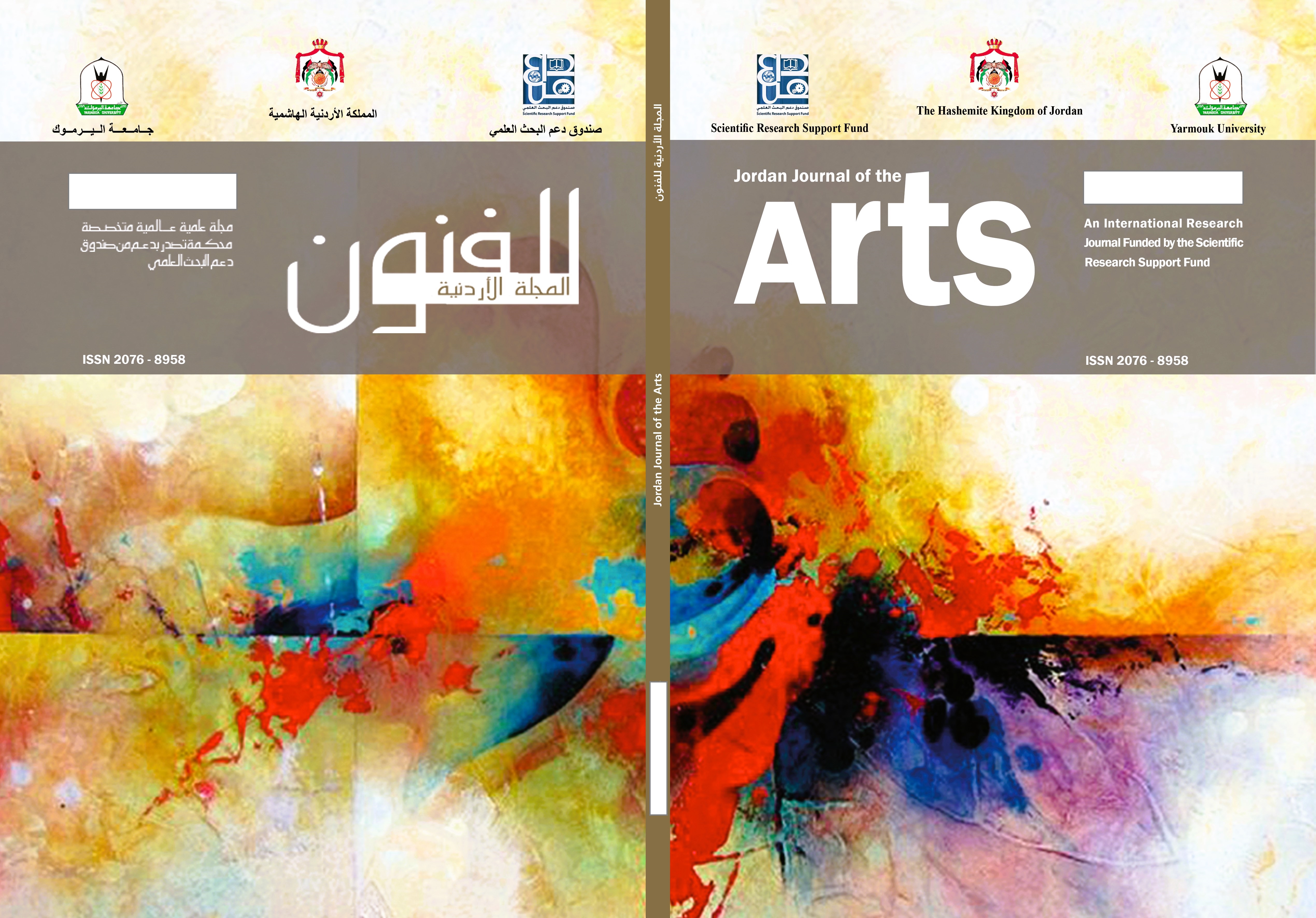AI Image Generator Vulnerabilities When Extracting Human Fingers
Keywords:
Artificial Intelligence, Anatomy, Machine Learning, Deep Learning, Graphic Design, Fine ArtsAbstract
Artificial intelligence aims to create systems capable of performing tasks that typically require human intelligence. Its fields involve creating algorithms and computer programs that analyze and learn from data to make decisions or predictions. AI seeks to design and build systems that can learn from data, understand natural language, make decisions, solve problems, and carry out other intelligence-based tasks. It is applied across many fields such as medicine, commerce, manufacturing, gaming, transportation, and education, and is considered one of the most transformative modern technologies shaping daily human life. In addition, AI can be classified into several subfields, such as machine learning, natural language processing, robotics, and computers. It is used in a wide range of applications, from virtual personal assistants and chatbots to self-driving cars and medical diagnostic systems.
Despite the promising future of artificial intelligence and its expanding horizons – marked by a notable scientific revolution and continuous technological advancement – this technology also presents risks and challenges that may hinder the growth of the industry. These include ethical and social harms, such as digital forgery and privacy violations. With advanced technologies enabling visual expression, highly realistic fake images and videos can be created, potentially distorting facts and increasing public skepticism toward events and individuals. Moreover, these technologies raise ethical concerns about the proper use of technology and intellectual property rights, as they can be used in unethical or illegal ways that contribute to the spread of misinformation and deepen social divisions. Ultimately, the regulation and responsible use of these technologies is essentials to maintain media integrity and protect the rights of individuals and communities from the potential harms of digital deception. (Jassim, S, 2021)
In this research, we focus on one of the recurring errors made by most artificial intelligence image generation platforms, specifically when prompted to create images that include containing human fingers. The reason lies in the step-based nature of machine learning processes when responding to user commands, a mechanism that wil be examined in detail to clarify the sources of such errors and their possible future implications. The study also exposes whether these inaccuracies stem from programming limitations, user-related factors, or if they represent an emergent perspective of AI itself – a vision beginning to take form, with its earliest signs perhaps found in how it renders human fingers as this paper demonstrates.


